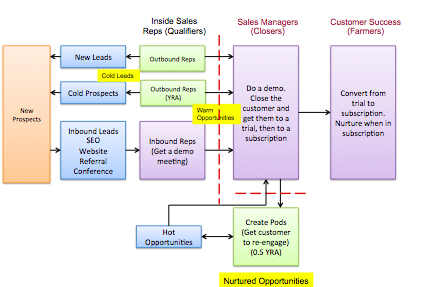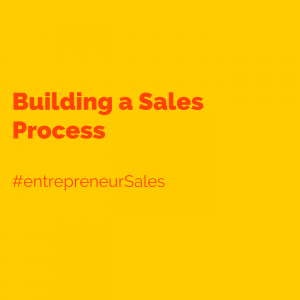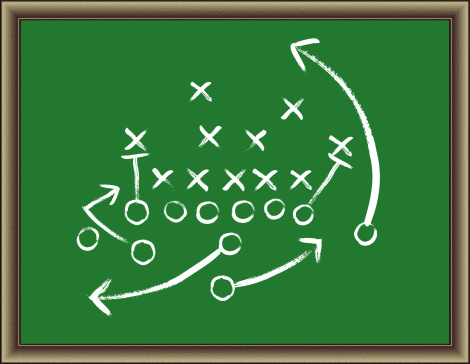iSPIRT regularly organises Playbook roundtables to help startups succeed by learning from successful entrepreneurs. One of such roundtable was conducted at GS Lab in Pune on 10th Oct 2015.
This PlaybookRT was focused on Product startups (B2B) who are keen to sell to the global market. The PlaybookRT was facilitated by Samir Palnitkar, President of ShopSocially.com. Samir hosted a highly interactive Playbook Roundtable for Product Startups and shared his journey of building ShopSocially globally.
Being a serial entrepreneur with over 20 years of industry experience, Samir’s passion is startups and new ideas. He is a founder of four successful startups which include I2P acquired by Lattice), Obongo (acquired by America Online), Ingot Systems (acquired by Synopsys) and AirTight Networks (category leader in secure, cloud WiFi). He is also an active early stage investor and advisor. His expertise includes social media, strategy, productization/execution, and business process setup.
Samir has authored two highly acclaimed books and he also holds 5 US patents.
In this highly intensive session, attended by over 12 Pune-based startups, Samir shared his insights on the strategies, techniques, team and the infrastructure required to sell a product effectively from India.
I was one of the attendees who were immensely benefited from this workshop. Here is a brief summary of the topics that we discussed.
Most of the early stage startups face following challenges:
- How do we find customers?
- How do we reach them?
- Should I build a team abroad?
- How much money do I need to a sales team abroad?
Samir not only shared how he solved this challenges but he also provided some actionable steps that can help to build a sustainable sales process.
Sales Process
Most organisations look at marketing and sales as two different departments, and most often there is little or no communication between these two. Samir strongly suggested to integrate these functions closely with each other for optimum results.
Since startups have tight budget, they tend to rely more on inbound marketing to generate the leads. Samir suggested to have a right mix of inbound & outbound marketing.
This is how it works at ShopSocially – Marketing team generates the leads through various channels, these leads and then filtered and after qualification, passed on the experienced Sales Executives who conduct a demo and close the deal. Finally, Customer Success team nurtures the clients and ensures minimum churn. 
List Building
Samir shared some innovative ways to build the list of potential prospects. First step of building a list is to create buyer personas. We must know who is our target customer, which industry he belongs to?, what’s his title?, what’s his geographical location? how much is the revenue?, etc.
Once we identify the attributes of our potential customer, we can start hunting for the contacts. Sites like BuiltWith, Hoovers and Data.com can help you find the right fit based on the criteria you mention. Even if you get the website of the company, you can find out the contact details of your potential prospect. If you are short on time, you can outsource this activity and get someone to do it for you.
Key here is to find ways to consistently build the list and nurture it.
Email Marketing Flow
Now, once we have our list in place, we need to contact them. It may sound like an easy thing to do but most companies get it wrong and end up spamming the email list.
Here are some of the tips –
- Use text instead of large images in the email as most email clients block images.
- Keep it short and to the point. Best to have maximum of 5 sentences.
- Use only one link
- Message should appear as a personal note rather than a marketing text
- Send the email from an individual account instead of a generic email ID.
There are few bulk email software’s that can help you send automated emails at a predefined internal. For example, you can send 2nd mail automatically after 15 days and so on. With these tools, you can create an automated email marketing flow and send emails based on user behaviour.
Cold Calling Flow
So we have built the list and sent the emails. Now what? Should we start calling all of them now? Definitely not!
Cold calling random contacts does not help anymore. Once we send the first mail, we need to monitor the email opens, clicks and most importantly replies. If any of this action occurs, sales team should immediately call the contact.
This way the response rate will be much higher as client will be aware of the product and its offering.
Important things to keep in mind while making calls:
- Create a short and precise calling script
- Practice the script multiple times by doing mock calls
- Track the response in a good CRM software
Setup A Meeting
Samir advised not to try selling your product during the first call itself. During this call, we should qualify the lead and setup a meeting to showcase the product. Depending on the product, it could be an online demo or an in-person meeting. This will be handled by a more experienced executive as discussed above.
Simplest way to setup a meeting is to use Google Calendar. You can quickly get the lead to accept the meeting after that call. Details of the meeting can be updated later.
Follow up & Closer
Once the meeting is over or demo is done, next step is to follow up. Based on the feedback you get from the meeting, you can setup a predefined follow up schedule.
Follow ups should be polite, non-intrusive and should not be spammy. You can share marketing collaterals like case studies, testimonials or webinar recording to make the decision making process simple.
Samir advised to create high quality marketing collaterals that have visual representation of your product. Once the prospect is in final stage of the funnel, you should aim for 10 to 30% closer rate. Focus should be on improving this close ratio.
Building A Right Team
To execute your plans, you need a good team. Based on the number of leads you can generate every month, reverse calculation can be done to estimate the number of resources you will need.
Samir suggested to use Linkedin and Employee Referrals to hire new employees. He strongly suggested to have mock sales calls with the candidate, no matter how experienced he is.
Its also important to design a good incentive plan to keep the sales executives motivated. Salary structure should have a fixed component and a variable commissioned component.
Tools & Infrastructure
In order to run the entire sales process smoothly, we must invest in a good infrastructure. Based on his years of experience, Samir recommended following tools:
- Novanet for VOIP calling
- Grandstream GXP-1400 – 2 line IP phones
- Vonia headsets
- Separate 2 Mbps Leased line for voice (for about 18 reps)
- Separate Broadband Internet of 50 Mbps speed for data
- Microtik Router to do traffic routing
- Pardot software for email marketing
- Suger CRM for lead tracking
- ClearSlide for sharing presentations online
It was indeed a great learning experience for all the entrepreneurs who attended this PlaybookRT.
Guest Post by Harshal Katre founder at ProfitBooks – cloud accounting app designed for non-accountants. He loves everything about running a startup and often writes about it on the ProfitBooks blog.


 Most every entrepreneur does things initially that don’t scale, and that’s okay to start. Pretty soon they realize that the things that made them successful enough to get initial sales and customers wont work for them to reach the next level at their startup.
Most every entrepreneur does things initially that don’t scale, and that’s okay to start. Pretty soon they realize that the things that made them successful enough to get initial sales and customers wont work for them to reach the next level at their startup.
